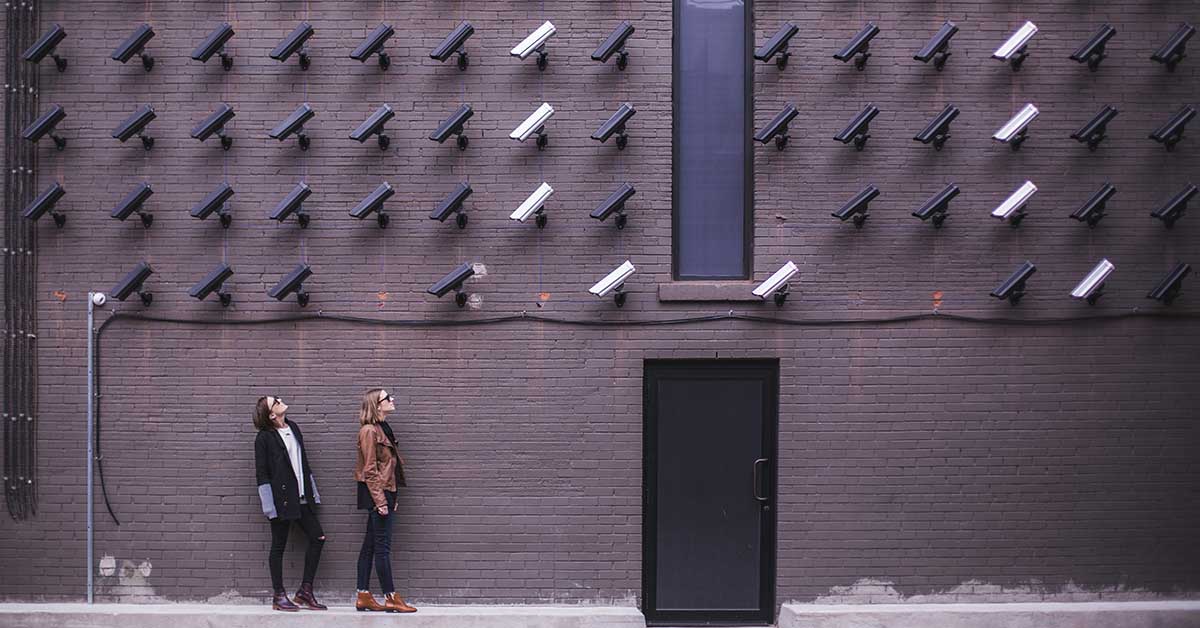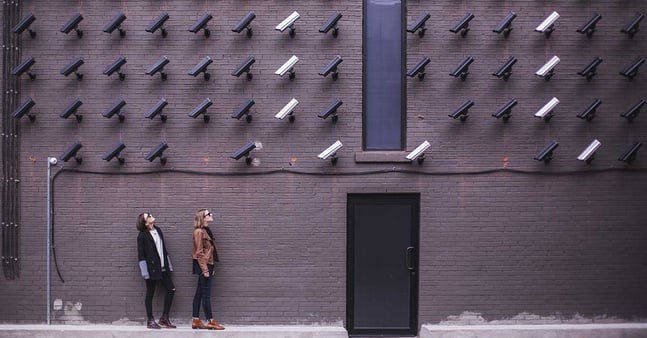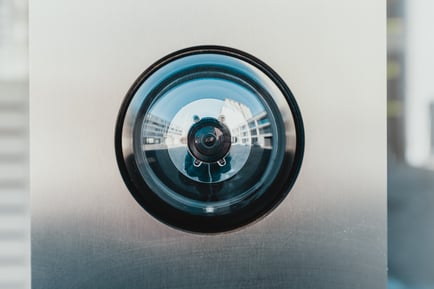
Security = Opportunity. With Proper Utilization
Whenever building an immersive destination, the goal is to create an environment where people feel secure with the freedom to fully enjoy the experience. How specifically you leverage security tools can make a significant difference.
For instance, within a museum environment, security often serves as a deterrent. This is especially true when exhibits include high-valued pieces or areas exist where it is necessary to keep guests from getting too close or touching. In these instances, you want to make security very visible.
Taking this approach would never work within a theme park. After all, you never want the patron to feel like they are under the microscope with big brother watching. Doing so would unnecessarily detract from the guest experience. This understandably makes proper security challenging and often leads to taking the “unseen approach” where the goal is to blend security into the environment.
Consider a destination like the Venetian in Las Vegas. They have taken great strides to replicate the well-known Italian atmosphere by including an elaborate waterway (complete with gondola rides) that winds throughout the entire resort shopping space. The ceiling is also dynamic with a blue sky, moving clouds and birds flying around. If you look close enough you can see an array of dome cameras wrapped in the same colors to avoid changing the effects or experience.
The result? While guests are fully immersed in a created environment, the numerous hidden cameras provide great security without having it front and center.
Improving Operations With Security
Because of video analytics, the industry is rapidly recognizing and utilizing operational uses for these cameras. For example, with today’s video systems it is possible to draw a virtual line at the entrance to the restrooms. This gives you the ability to automatically count how many people enter the restroom. Each type a predetermined number cross the line, the system can automatically alert janitorial staff that a space needs attention. With this approach, cleaning is no longer timing-based. Instead, actual usage prompts action. The result? A more enjoyable guest experience.
The ability to use surveillance intelligence for immediate staff reallocation to the busiest areas is also an opportunity to guide traffic into new restaurants, attractions or shops. Because of surveillance, you know when groups people are coming, so you can place staff in their path to entice them to try something new. Gathering this information also helps theme park operators better understand guest trends and behaviors, which in turn can help guide future investments.
Adding video at strategic points of theme park features can also provide insights into potential issues with equipment, alerting operational teams to make changes or tweaks. This could type of intelligence can play a meaningful role in improving the guest experience as well as maintaining equipment.
Video analytics show great promise when trying to find a missing child as well. With a picture of the child, it’s currently possible to pinpoint the last place they were captured on video. It is a lot better than it has been historically, but not as great as Hollywood represents.
Of course, video analytics are still evolving. At this point, a controlled environment is still the key to success. Unfortunately, sometimes rides have flashes or strobes that can cause issues – much like trying to take a picture when the sun is creating a disruptive glare. As such, proper placement is crucial.
Road Ahead
There is a need for a stronger and far more consistent control environment. Unfortunately, today’s theme park designs often occur in silos. As a result, owners end up with a lot of disparate technologies that fail to talk with one another. We are working on a solution to bring all these systems into a single platform. Having this dashboard approach will provide a much more effective and efficient system.
The continued advancement of analytics and intelligence can only help operators and owners improve the guest experience. Video analytics can improve an owner’s ability to recognize traffic and create heat maps. These are key components to better understanding how long patrons are spending in one area versus another. These insights can help influence decisions around enhancing nonperforming areas or changing out features for something that would be more enticing.
Although challenging, facial recognition is improving as well with great potential to improve the guest experience. High-end casino environments have been some of the first to make use of this capability operationally. This is especially true when adding video to choke points such as well-lit, narrow entryways that force people to slow down. By capturing a picture of a guest’s face at check-in, the resort can take various actions to provide a better experience. For instance, when entering the high roller betting space, facial recognition at the chokepoint can instantly inform staff of the guests name as well as known preferences.
Bottom line
Looking at security technology as a means of protecting against threats is a crucial component of any deployment. However, not looking past the threat aspect significantly limits its potential. The reality is threat detection is only the beginning. Its use is really only limited in how creative you are in using the data collected.
Ryan Poe
Ryan Poe, Electrosonic’s Director of Technology Solutions, works and writes on the frontiers of advanced technology. He is a trusted adviser on leveraging technology in new ways and works within our Innovation Garage framework to evaluate new technologies and develop resources that support a portfolio of advanced services.










.jpg?width=1500&height=995&name=ELC501_N17_medium%20(1).jpg)










































































































































































































